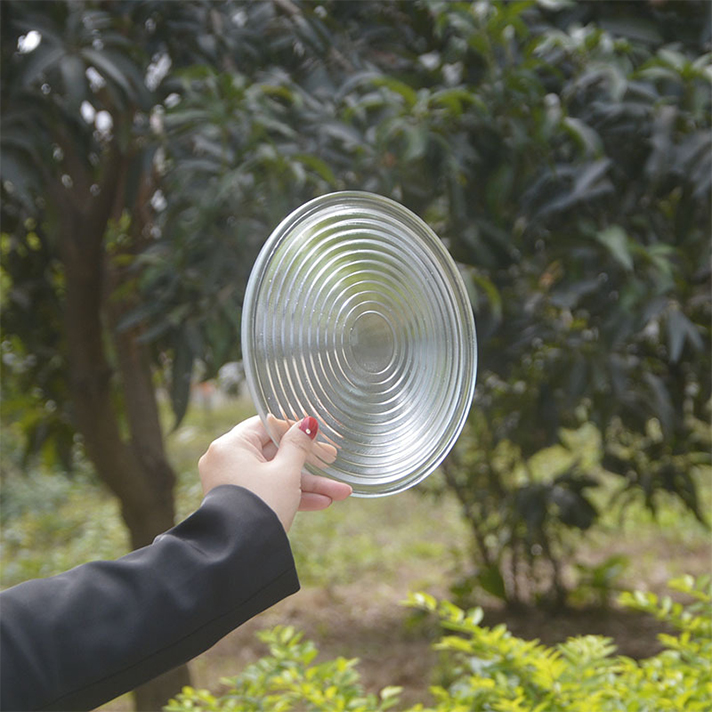Egg incubation requires a certain temperature, which is certain. Embryo development below a certain temperature in hatching will be inhibited. When the temperature is higher than a value, the embryo will develop, and this temperature is called physiological zero, also known as the critical temperature. It is generally believed that the physiological zero of the chicken is approximately 23.9 degrees Celsius; at the same time, the embryonic development has a certain adaptability to the ambient temperature. Take the chicken as an example, the temperature will be between 35 and 40.5 degrees Celsius. There will be some kinds of eggs hatching chickens. There is an optimum temperature in this temperature range between "35 and 40.5 degrees Celsius". The ambient temperature should be kept at 24 to 26 degrees Celsius, the best temperature is 1 to 19 days at 37.8 degrees Celsius, and the hatching period is 19 to 21 days at 36.9 to 37.2 degrees Celsius. In the daily chicken-raising process, we can use temperature and humidity recorders to timely sense changes in the ambient temperature. If necessary, make timely adjustments.
Ambient temperature has a certain influence on hatching. In the specific incubation process, we have two hatching methods such as constant temperature incubation and variable temperature incubation. Incubation at constant temperature and incubation at variable temperatures are two hatching methods that are often used depending on the ambient temperature. Incubation at constant temperature and incubation at variable temperatures can achieve good results if operated properly. Thermostatic incubation is maintained at a temperature between 1 and 19 days of incubation, and incubation at a constant temperature is relatively high. The variable temperature incubation is based on the type of incubator, the temperature of the incubator, and the age of the embryo, giving different temperatures. Where the temperature is low, we can adjust the light to increase the temperature. Because light has a certain amount of energy, it can increase the temperature in the air. The light intensity can be measured by a photo quantum recorder.
In addition, humidity has a certain influence on temperature. Relative humidity has a great influence on embryonic development, and humidity is related to evaporation of water in the egg and metabolism of embryonic material. During incubation, there is a certain amount of interaction between temperature and humidity. A high temperature in the early stage of incubation requires a low humidity. When the humidity is high, a low temperature is required. Generally, the humidity should be increased after the tray is dropped, and the temperature must be lowered. In actual production, high temperature and high humidity should be prevented at the same time, because the high temperature and high humidity will lead to unobstructed exhaust, which will increase the carbon dioxide concentration in the incubator and affect the development of the embryo.
The LED lens itself is a precision optical accessory, so it has extremely high requirements on the accuracy of the mold, especially the processing accuracy of the lens optical curved surface must reach 0.1μm. Generally, the following equipment must be provided for the processing of such high-precision molds: ultra-precision processing machine, CNC comprehensive processing machine, precision grinder, precision milling machine, drilling machine, CNC precision spark machine, surface profiler, interferometer, etc.

Led Optic Lens,Led Lens Module,Led Grow Light Lens,Led Condenser Lens
Sung Precision Mould & Plastic Co., Ltd. , https://www.gdinjectionmolding.com